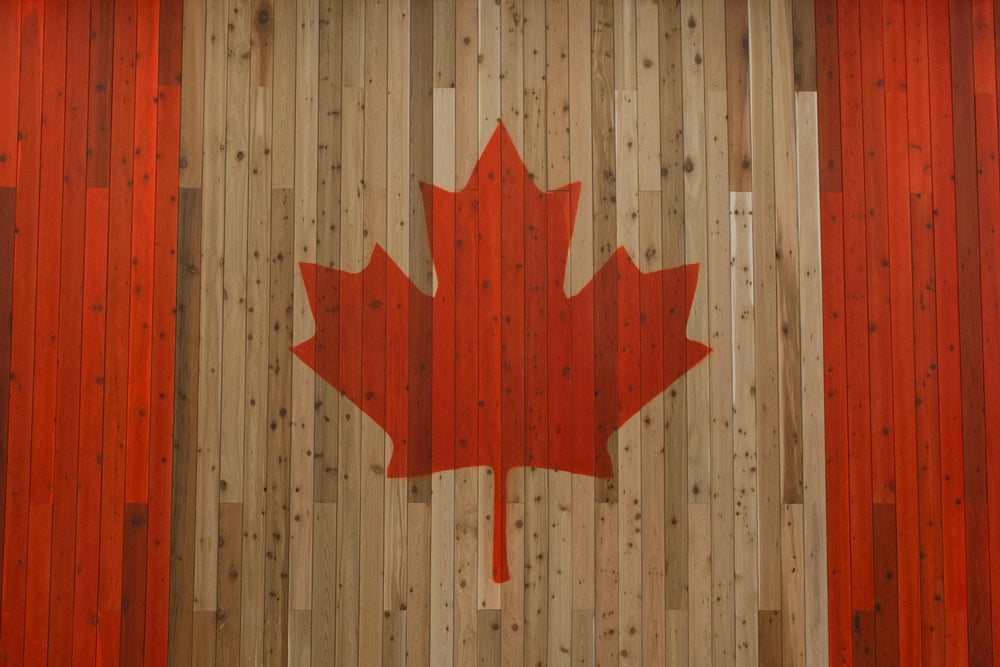For many, walking into a brightly lit cannabis dispensary, with its vast array of products and strains, is a dream come true. But while the convenience and variety of market-bought cannabis are undeniable, there are several hidden costs associated with these purchases that consumers should be aware of. Let’s peel back the layers and uncover the less-visible expenses tied to retail cannabis.
1. Markup and Retail Price Inflation:
Retailers have to cover a range of expenses before they can turn a profit:
Production Costs: The costs of growing, including labor, nutrients, electricity, and more.
Operational Costs: Rent, utilities, and salaries for dispensary staff.
Marketing and Branding: Packaging, advertising, and promotional events.
Regulatory Compliance: Licensing, testing, and other state or country-specific fees.
All these costs are bundled into the product’s price, leading to a significant markup compared to the actual production cost.
2. Taxes:
Cannabis taxes can be hefty. Many regions impose multiple layers of taxation:
Excise Taxes: Specific to cannabis products.
Sales Taxes: General taxes that apply to most retail products.
Additional Local Taxes: Some municipalities add their own taxes on top of state or national ones.
For the consumer, this can mean that a significant portion of the total cost is just taxes.
3. Testing and Quality Control Costs:
While essential for consumer safety, rigorous testing and quality control processes come at a price. These costs are inevitably passed on to the consumer.
4. Transportation and Distribution Fees:
Cannabis products often travel long distances from cultivation sites to retail locations. The transportation and distribution fees, covering everything from fuel to warehousing, add to the final product price.
5. Banking and Financial Challenges:
Due to the legal gray areas surrounding cannabis, many banks are hesitant to offer services to cannabis businesses. As a result, these businesses might rely on more expensive, non-traditional financing options, the costs of which are passed on to consumers.
6. Environmental Impact:
While not a direct monetary cost, there’s an environmental price to pay for large-scale commercial cannabis cultivation. The extensive use of electricity, water, and non-biodegradable packaging can have a significant environmental footprint.
7. Opportunity Cost:
Market-bought cannabis means relying on someone else’s choice of strains, growing methods, and curing processes. Consumers miss out on the opportunity to grow strains tailored to their preferences or to use organic cultivation methods.
8. Convenience Fee:
Just as you might pay a bit more for convenience in other sectors (think pre-cut fruit or ready-made meals), the ease of picking up cannabis from a store comes with a slightly elevated price tag compared to home cultivation.
How to Mitigate These Costs?
Educate Yourself: Understand the breakdown of costs and be a discerning consumer.
DIY Cultivation: If it’s legal in your jurisdiction, consider growing your own cannabis. This can significantly reduce costs in the long run.
Bulk Purchases: Some dispensaries offer discounts for buying in larger quantities.
Loyalty Programs: Joining dispensary loyalty programs can lead to discounts and special offers.
Stay Informed on Legislation: Support policies and legislation that reduce unnecessary costs or taxes on cannabis products.
Conclusion:
While buying cannabis from a market or dispensary is convenient and offers a wide variety, it’s essential to be aware of the hidden costs embedded in that price tag. By understanding these costs and exploring ways to mitigate them, consumers can make informed decisions that suit their budgets and preferences. Whether choosing to stick with market-bought cannabis or venturing into home cultivation, knowledge is the key to ensuring you get the best value for your money.













